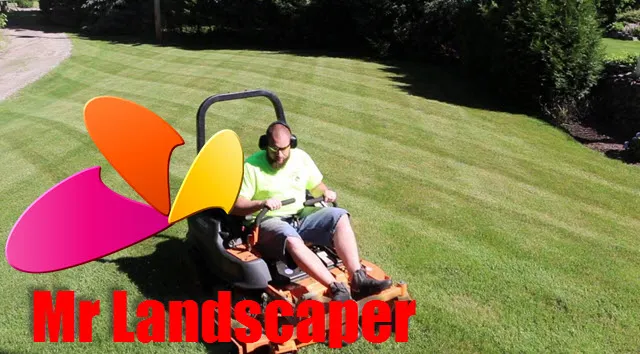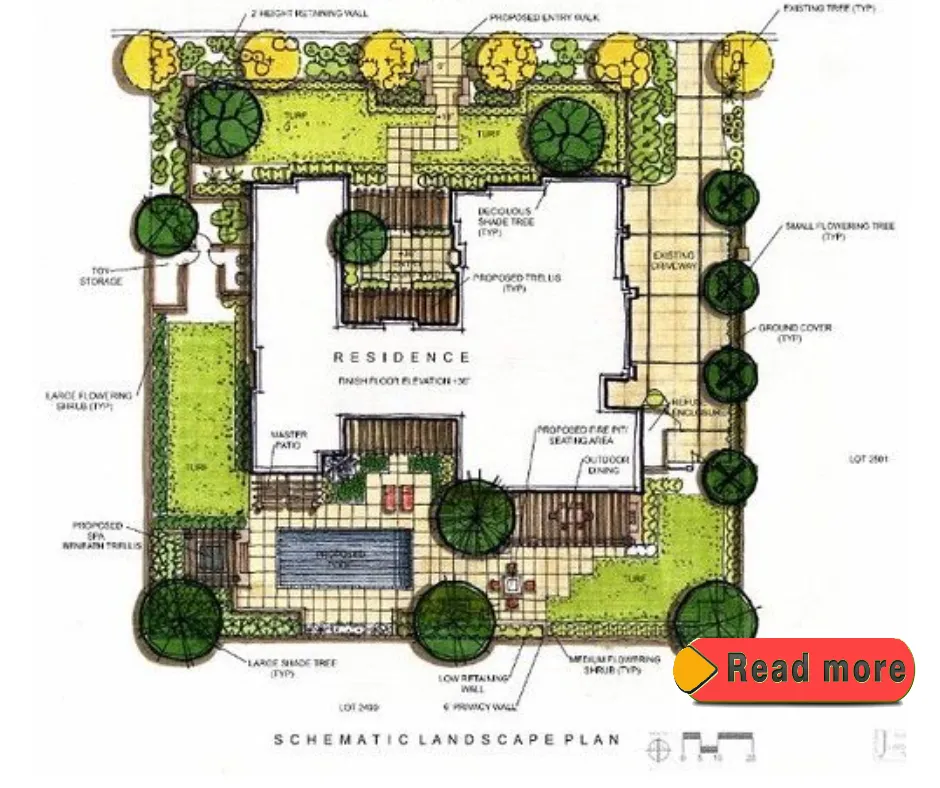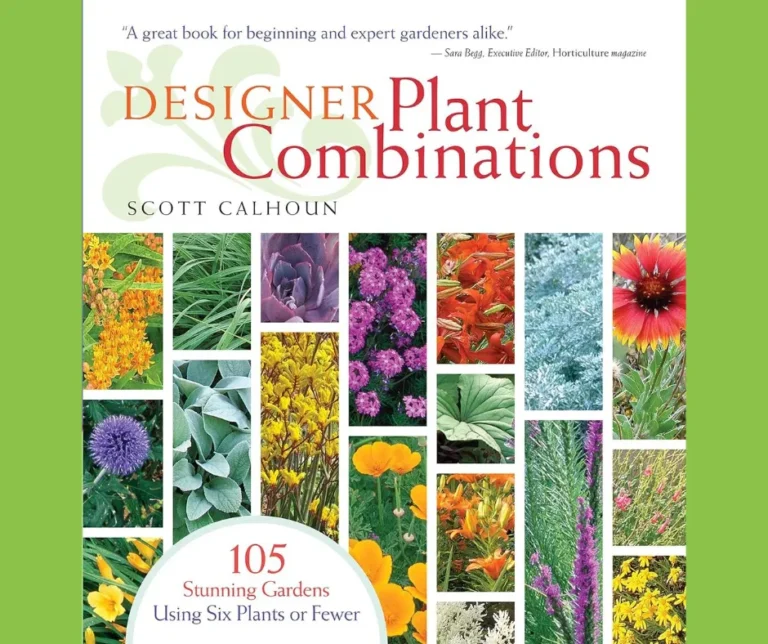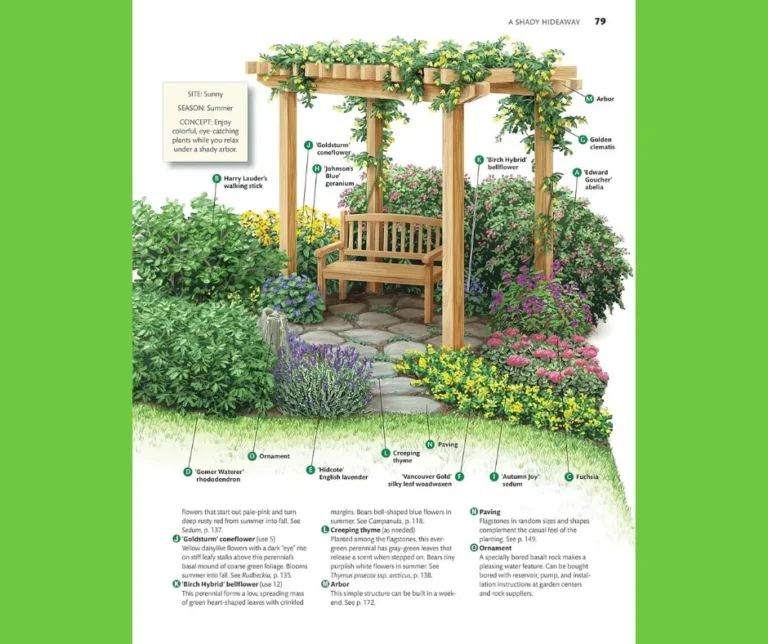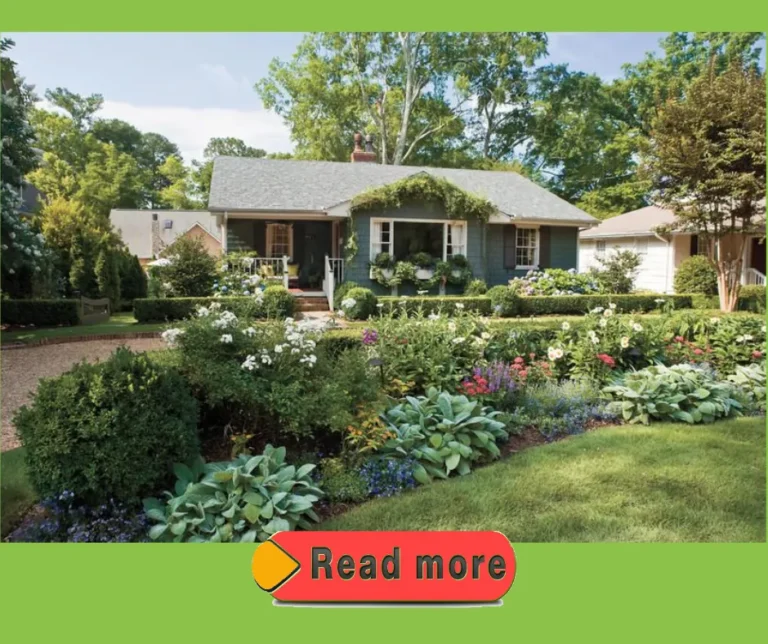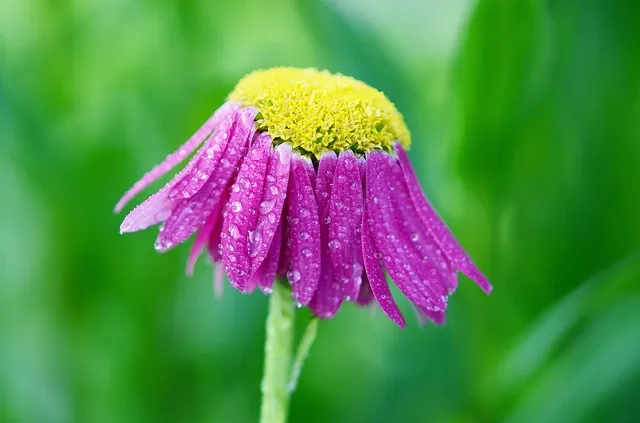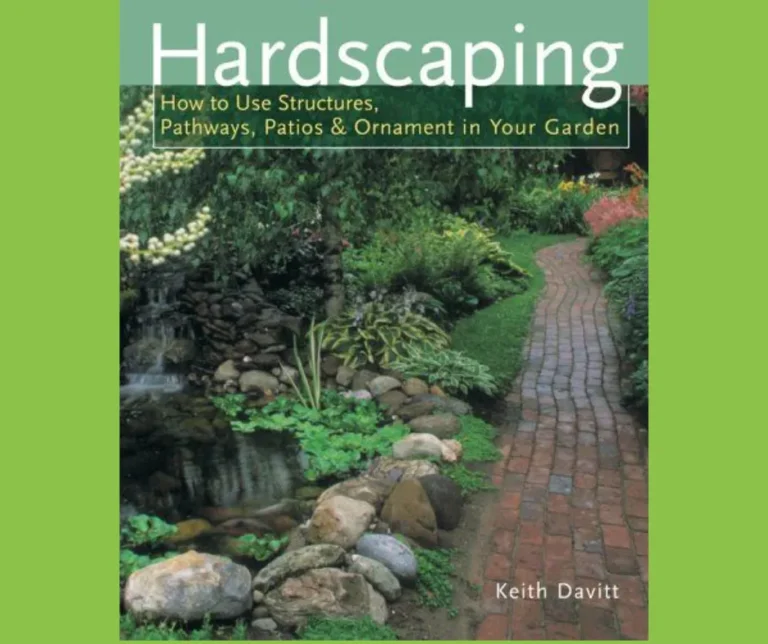Beauty and Functionality of Landscape Design
The Beauty and Functionality of Landscape Design offers a captivating blend of aesthetics and practicality, creating outdoor spaces that not only look stunning but also serve a functional purpose.
With the expertise of a landscape designer, elements such as soil conditions, plant materials, water features, and irrigation systems are carefully chosen to bring the design to life.
From designing outdoor living spaces and architectural features to incorporating transformative outdoor lighting and functional outdoor kitchens, landscape design enhances the beauty and functionality of any outdoor space.
Landscape design encompasses a wide array of key elements, including the understanding of soil conditions, the selection of suitable plant materials, the incorporation of water features, and the utilization of smart irrigation systems.
By carefully considering these elements, landscape designers create outdoor spaces that not only captivate the eye but also serve a purpose, responding to the needs of the environment and the client’s goals.
The intersection of art and science in landscape design allows for the creation of beautiful and functional outdoor spaces that enrich the lives of those who inhabit them.
In this article, we will explore the multifaceted nature of landscape design, delving into the key elements that contribute to its beauty and functionality.
From the creation of outdoor living spaces and the incorporation of architectural features to the benefits of well-designed landscapes, we will uncover the transformative power of landscape design and its impact on both the aesthetic and practical aspects of outdoor environments.
Table of Contents Beauty and Functionality of Landscape Design
The Role of a Landscape Designer
The role of a landscape designer is multifaceted, blending creativity with practicality to forge beautiful and functional outdoor spaces.
Collaborating closely with clients, they translate personal visions into tangible reality while respecting the nuances of climate, soil conditions, and the lay of the land.
Their designs focus on purpose, whether creating a tranquil garden spot, an inviting entertainment area, or a home-grown produce section.
In their toolbelt is a deep understanding of aesthetic principles, which they apply to achieve visual harmony.
Balance and contrast are deftly used to craft spaces that draw the eye and invite inhabitants to linger.
Sustainability is also at the heart of modern landscape design.
Thoughtful selection of native plants not only preserves local biodiversity but also slashes future maintenance requirements.
By incorporating eco-friendly practices, such as efficient water use and organic materials, a landscape designer not only beautifies but also contributes positively to air quality and the ecosystem.
Every step of the way, a landscape designer’s expertise helps to unfold the transformative power of well-designed landscapes, creating not just green spaces, but personalized outdoor havens.
Key Elements a Landscape Designer Considers:
- Client’s Vision: Merging client dreams with practical solutions.
- Aesthetic Principles: Utilizing balance, harmony, and contrast.
- Sustainability: Choosing native plants, smart irrigation systems.
- Functional Spaces: Designing for peace, play, and productivity.
Key Elements of Landscape Design
Landscape design is a convergence of artistry and scientific knowledge, with the overarching goal of crafting an outdoor space that is both beautiful and sustainable.
At the core of effective landscape design are several key elements that professionals consider to ensure the space not only looks good but functions well in its environment.
This includes an in-depth understanding of the soil conditions, selecting suitable plant materials, integrating water features, and implementing smart irrigation systems.
Each of these elements plays a pivotal role in the creation of outdoor spaces that stand the test of time and nurture the local ecosystem.
Understanding the Soil Conditions
One of the foundational aspects of landscape design is a solid understanding of the site’s soil conditions.
The soil type, pH levels, salinity, and fertility are crucial factors that landscape designers must analyze to ascertain which plant materials can thrive.
It’s not simply about choosing plants that look good; it’s also ensuring they are suitably matched with soil’s natural characteristics to guarantee their growth and sustainability.
Moreover, soil moisture is a key consideration, with or without access to irrigation, as it influences plant health and viability.
The topography, grading, and drainage patterns further define where water will naturally flow and pool, guiding the ideal placement of plants to prevent soil erosion and ensure that each plant receives the right amount of moisture.
Selecting the Right Plant Materials
A well-balanced landscape is dependent on strategic plant selections.
These include a variety of trees, shrubs, perennials, and annuals that offer differing textures, colors, and seasonal interests.
Plant materials should be chosen not only for their aesthetic attributes but also for their growth habits and maintenance requirements.
Landscape designers are cognizant of not only the plants’ adaptability to the local climate but also their architectural features.
Resilience to pests, diseases, and environmental stressors like pollution and physical damage are also paramount criteria.
This ensures that the landscape remains vibrant and healthy, with the added benefit of reducing the need for chemical interventions.
Incorporating Water Features
The inclusion of water features, such as ponds, fountains, or streams, transforms outdoor spaces into enchanting vistas.
These features are designed to blend naturally with the surrounding landscape while also considering the ecological impact on local wildlife and water resources.
The soothing sound of flowing water provides a calming effect and can mask urban noise pollution, enhancing the tranquility of the space.
Moreover, water features have the ability to foster biodiversity by attracting birds and beneficial insects and offering a habitat for various aquatic species.
The design of these water elements demands not only creativity but also a responsible approach to water management and quality.
Utilizing Smart Irrigation Systems
Efficient water use is not a luxury but a necessity in contemporary landscape design.
Smart irrigation systems take the hassle out of manual watering by responding to real-time weather conditions and the specific hydration needs of the landscape.
These systems can be customized to deliver water directly to the root zone of plants through methods such as drip irrigation, minimizing waste and optimizing resources.
By automating the irrigation process, these systems support landscape longevity and prevent common issues like waterlogging and erosion.
Ultimately, smart irrigation is an intelligent investment, promoting sustainable practices that align with environmental conservation efforts while ensuring that the landscape remains lush and resilient.
Creating Beautiful and Functional Outdoor Spaces
Creating beautiful and functional outdoor spaces is both an art form and a scientific endeavor.
A landscape architect or designer considers every facet of the environment, creating an area that serves both aesthetic and practical purposes.
By integrating sustainable landscaping practices with eye-catching elements like plants, trees, water features, and outdoor lighting, the space can substantially enhance the property’s value and functionality.
Landscaping is an investment that extends beyond mere visual pleasure.
Strategic placement of trees and shrubs can lead to energy cost savings by providing essential shade and wind protection.
Every aspect of design, from the positioning of hardscape elements to the selection of native plants, encompasses consideration for the terrain, soil quality, and climatic conditions.
In this way, landscaping turns a simple plot of land into a living, breathing extension of the home or commercial property, suitable for a myriad of outdoor activities.
Designing Outdoor Living Spaces
Designing outdoor living spaces is a dynamic process that brings creativity to the forefront while concomitantly respecting the pre-existing natural beauty.
Whether the vision includes serene garden nooks, expansive entertainment areas, or playful zones for children, each space is meticulously planned to satisfy the unique desires and lifestyle of the user.
As we embrace the outdoors, sustainable and recycled materials continue to grow in importance, promoting long-term ecological and aesthetic benefits.
A well-designed outdoor space includes not only operational elements such as an efficient sprinkler system but also considers usability.
Paths and outdoor furniture placement are planned to encourage smooth flow and adequate utility.
Realizing the potential of these spaces further strengthens our bond with the natural world, making the outdoors a true living oasis.
Incorporating Architectural Features
In the realm of landscape design, there’s a transformative effect when architectural features are harmoniously woven into the canvas of the external environment.
These can include classical structures like pergolas, all the way to modern installations such as sleek outdoor kitchens.
Each feature is designed to provide a practical purpose, besides aesthetic enhancement, serving as focal points or demarcating with flair various zones within the space.
Matching the home’s architectural style with landscape features establishes continuity, elevates curb appeal, and contributes to an underlying sense of coherence.
It’s about creating different zones—spaces for dining, unwinding, or socializing—all while maintaining a balance that resonates with the personality and functional needs of the property owner.
The Transformative Power of Outdoor Lighting
Outdoor lighting holds the power to utterly transform an outdoor space into a mesmerizing enclave of light and shadow.
As dusk falls, an intelligently lit landscape emerges, offering security, extending usability, and amplifying the beauty that daytime reveals.
This transformative power extends to property valuations, where curb appeal turns into nighttime allure, potentially elevating market interest and desirability.
LEDs and other energy-efficient options not only reduce the carbon footprint but also bring out the sheer splendor of a well-lit garden.
Illuminating pathways, architectural details, and natural features, outdoor lighting design is as much about safety and function as it is about creating an enveloping atmosphere that invites relaxation and awe.
Designing an Outdoor Kitchen
The design of an outdoor kitchen is a step-by-step journey that blends functionality with personal taste.
The layout, choice of appliances, and spatial planning—all lean heavily on foresight, considering how the space will evolve and adapt to future needs.
Utilizing eco-friendly materials within the construction not only stands for sustainability but also signals a commitment to the environment, adding to the space’s intrinsic value.
Crafting an outdoor kitchen that reflects individualistic preferences encapsulates a deep understanding of the homeowner’s lifestyle, ensuring every aspect from food prep areas to dining sets seamlessly integrates into the larger landscape design.
This journey is not just about building a space—it’s about creating a haven for culinary adventures and cherished memories under the open sky.
The Benefits of Well-Designed Landscapes
Well-designed landscapes do much more than offer a pleasing aesthetic; they are a marriage of functionality and beauty that brings a multitude of benefits to urban and residential environments.
These verdant spaces are essential in enhancing biodiversity by offering habitats for various wildlife species and supporting a plethora of local flora and fauna.
The presence of diverse plant life and the architectural features that blend with it can transform mere backyards into ecosystems teeming with life.
Moreover, studies tout the powerful impact of elegant landscaping on human well-being, with proven reductions in stress and mental fatigue.
This marriage of nature and design fosters a stronger sense of community, as these spaces become shared bastions of tranquility and natural beauty.
Aesthetic Appeal and Increased Property Value
Landscaping mastery goes beyond the mere planting of greenery; it concerns crafting a cohesive space that resonates with those who experience it.
The visual allure of manicured gardens, strategically placed lighting, and artful water features can significantly elevate a property’s appeal.
The first impression made by an elegant landscape is not just lasting, but it can also markedly impact the perceived value.
Residential spaces see a surge in curb appeal, while commercial properties benefit from an improved brand image, ultimately attracting clients and competitive advantage.
The value boost isn’t solely financial – the functional benefits of privacy, shade, noise reduction, and improved energy efficiency contribute to a property’s intrinsic worth.
Enhancing Air Quality and Reducing Soil Erosion
Landscapes that are meticulously designed take the environment into account, serving a role far greater than mere visual pleasure.
Trees and plants within these spaces contribute to cleaner air by providing oxygen through photosynthesis and filtering pollutants.
A well-thought-out landscape also plays a pivotal role in environmental sustainability, combating soil erosion and managing water runoff effectively.
The strategic planting of greenery not only shades our homes, reducing dependency on air conditioning but also fosters a miniature ecosystem that supports local wildlife, creating a harmonious natural retreat right at your doorstep.
The Importance of Maintenance Requirements
To retain the splendor and benefits of a landscape, ongoing maintenance is crucial.
It is an aspect that needs to be woven into the fabric of landscape planning from the earliest stages.
The choice of plant species, irrigation systems, and management strategies must all converge on the principle of sustainability.
Opting for plants that require minimal upkeep and installing smart irrigation systems can alleviate the future workload and contribute to the landscape’s longevity and vitality.
Regular tasks such as watering, pruning, and control of weeds are the linchpins that keep the garden healthy and visually enticing.
Proper care ensures that outdoor spaces not only remain beautiful and functional but that they also continue to enhance the community’s quality of life.
